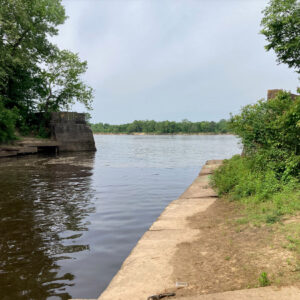 Palarm Creek
Palarm Creek
Entry Category: Transportation - Starting with P
 Palarm Creek
Palarm Creek
 Palarm Creek Park
Palarm Creek Park
 Pangburn Suspension Bridge
Pangburn Suspension Bridge
 Paris Railroad Depot
Paris Railroad Depot
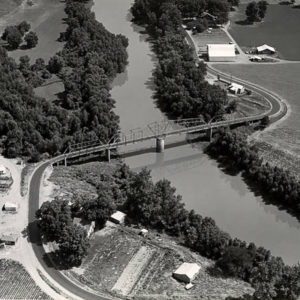 Parkin Bridge over the St. Francis
Parkin Bridge over the St. Francis
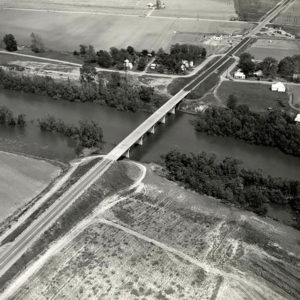 Parkin Bridge over the St. Francis
Parkin Bridge over the St. Francis
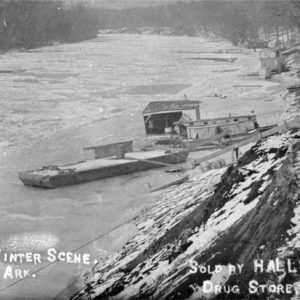 Parkin in Winter
Parkin in Winter
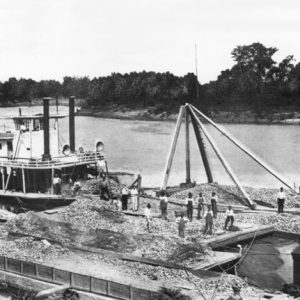 Pearling Industry Barges
Pearling Industry Barges
 Pedestrian Walkway
Pedestrian Walkway
Pennsylvania [Steamboat]
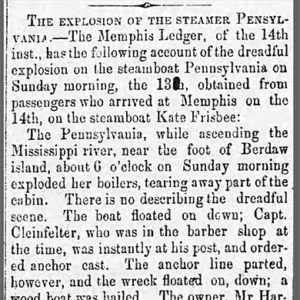 Pennsylvania Steamboat Article
Pennsylvania Steamboat Article
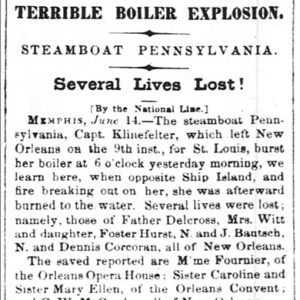 Pennsylvania Steamboat Article
Pennsylvania Steamboat Article
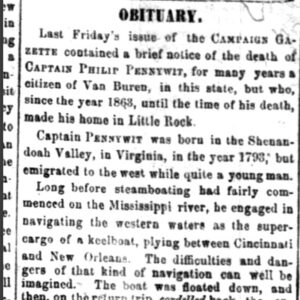 Pennywit Obituary
Pennywit Obituary
Pennywit, Philip
Persian [Steamboat]
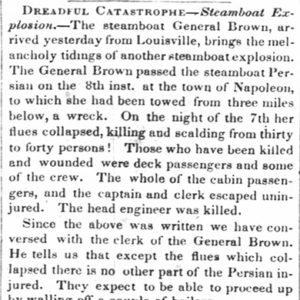 Persian Steamboat Article
Persian Steamboat Article
 Persian Steamboat Article
Persian Steamboat Article
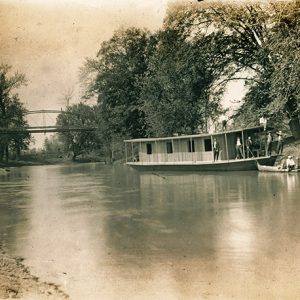 Petit Jean River at Danville
Petit Jean River at Danville
Philip Pennywit [Steamboat]
Pig Trail Scenic Byway
 Pine Bluff Hotel
Pine Bluff Hotel
Plane Crash of January 14, 1936
 Plane Interior
Plane Interior
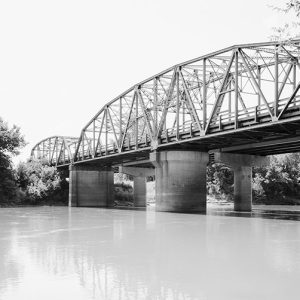 Pocahontas Bridge
Pocahontas Bridge
Pocahontas [Steamboat]
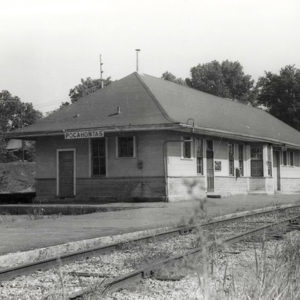 Pocahontas Depot
Pocahontas Depot
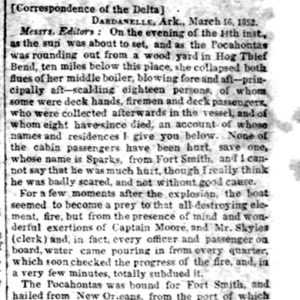 Pocahontas Steamboat Article
Pocahontas Steamboat Article
 Portia Depot
Portia Depot
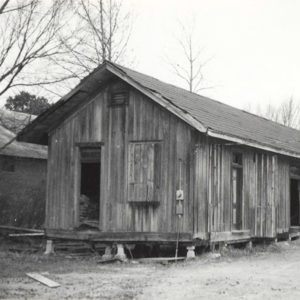 Portland Depot
Portland Depot
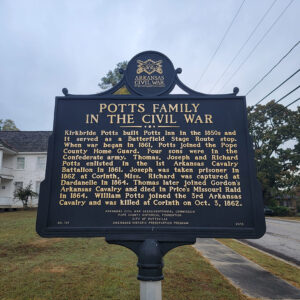 Potts Family Marker
Potts Family Marker
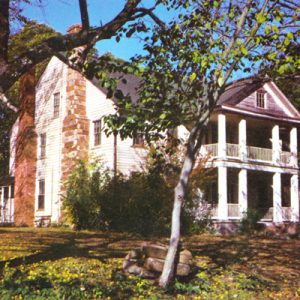 Potts Inn
Potts Inn
 Poyen Depot
Poyen Depot
 Prague Depot
Prague Depot
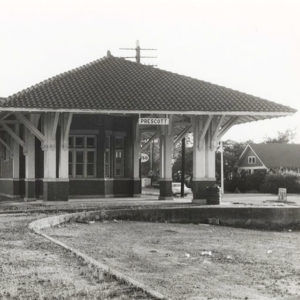 Prescott Depot
Prescott Depot
 Prescott Railroad Mural
Prescott Railroad Mural
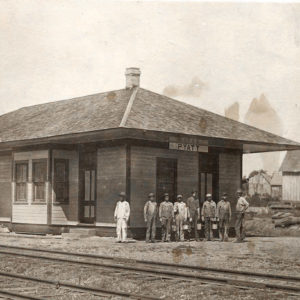 Pyatt Depot
Pyatt Depot




